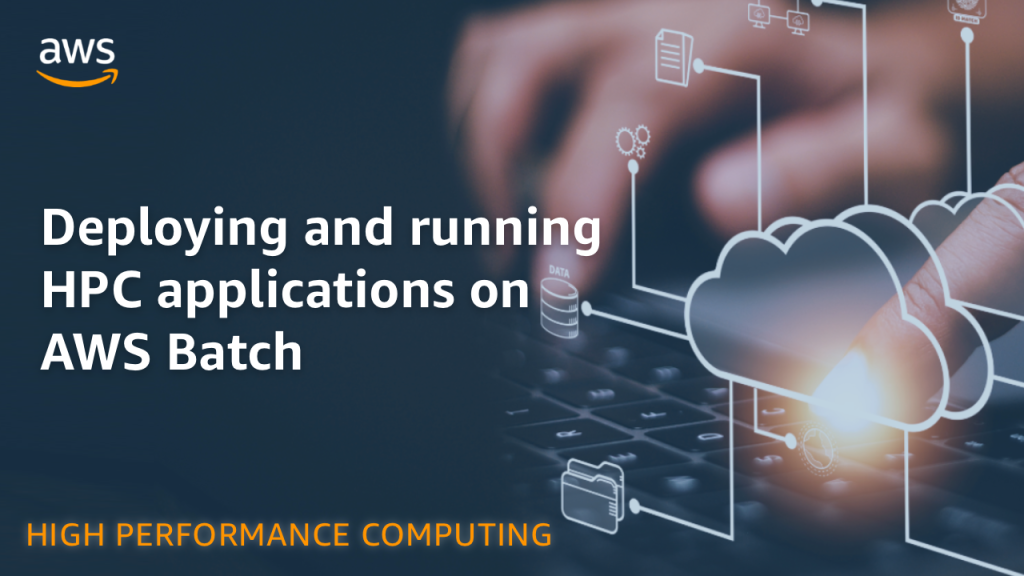AWS HPC Blog
Category: Storage
Optimize your CAE/CFD workloads with Amazon FSx for Lustre Data Repository Association
HPC customers in automotive and manufacturing love Amazon FSx for Lustre because it combines a managed, easy-to-use service with the power of a high throughput parallel file system. Moreover, FSx for Lustre has a native integration with Amazon S3, our object storage service that is designed for durability and low cost. You can link your […]
Scalable Cryo-EM on AWS Parallel Computing Service (PCS)
Cryo-EM data processing just got a major boost! Learn how AWS Parallel Computing Service can help structural biology teams scale their HPC infrastructure and streamline Cryo-EM research. Discover a recommended reference architecture that leverages the power of the cloud.
Jumpstart your HPC journey with the AWS Parallel Computing Service getting started kit
If designing next-gen vehicles or chasing cures is part of your job, don’t miss this. We just launched a major new HPC service to help you scale complex workloads rapidly. Get the details on how AWS Parallel Computing Service can speed up your R&D.
Strategies for distributing executable binaries across grids in financial services
You can boost the performance of your compute grids by strategically distributing your binaries. Our experts looked at lots of strategies for fast & efficient compute grid operations – to save you some work.
Build and deploy a 1 TB/s file system in under an hour
Want to set up a high-speed shared file system for your #HPC or #AI workloads in under an hour? Learn how with this new blog post.
Improve the speed and cost of HPC deployment with Mountpoint for Amazon S3
Don’t sacrifice performance OR ease of use with your HPC storage. Learn how Mountpoint for Amazon S3 combines high throughput and low latency with the simplicity of S3.
Bursting your HPC applications to AWS is now easier with Amazon File Cache and AWS ParallelCluster
Today we’re announcing the integration between Amazon File Cache and AWS ParallelCluster – super important for hybrid scenarios. We’ll show you how it works and how to deploy it.
Deploying and running HPC applications on AWS Batch
In this post AWS Professional Services describes how they recommend using AWS Batch and Amazon Elastic Container Service (Amazon ECS) managed services for running HPC applications like GROMACS and RELION.
Building a 4x faster and more scalable algorithm using AWS Batch for Amazon Logistics
In this post, AWS Professional Services highlights how they helped data scientists from Amazon Logistics rearchitect their algorithm for improving the efficiency of their supply-chain by making better planning decisions. Leveraging best practices for deploying scalable HPC applications on AWS, the teams saw a 4X improvement in run time.
Expanded filesystems support in AWS ParallelCluster 3.2
AWS ParallelCluster version 3.2 introduces support for two new Amazon FSx filesystem types (NetApp ONTAP and OpenZFS). It also lifts the limit on the number of filesystem mounts you can have on your cluster. We’ll show you how, and help you with the details for getting this going right away.









